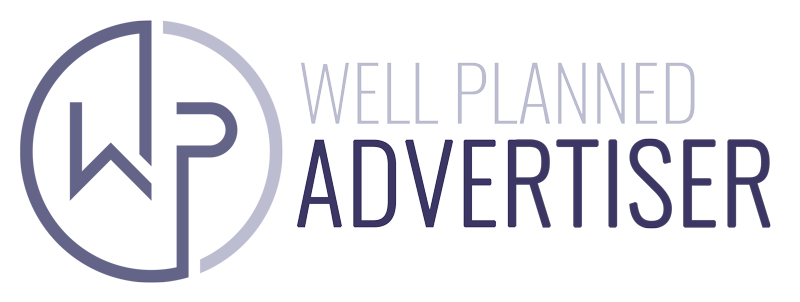META After the Shift:
Reaching Homeschool Families the Smart Way
From magic button to messy algorithm,
here’s how to keep Facebook and Instagram useful in the homeschool cycle.
When Meta Was the Powerhouse
There was a time when Meta was my biggest marketing bill of the year. And I loved it.
Back then, running homeschool ads on Facebook felt like printing money. My planners would move, the CPC was low, the ROI was incredible, and I knew if I put a dollar in, I’d get more than a dollar back. The magic wasn’t just the first click — it was the retargeting. A mom might see my ad once in her feed, glance at it and move on. The next day? There I was again. By the time she was ready to sit down with her budget, my brand felt familiar, trustworthy.
I could pour money into Meta with confidence, and it became my strongest sales channel.
Then Everything Changed
And then, almost overnight, the ground shifted.
Retargeting disappeared. Interest categories ballooned to tens of millions of “homeschool” profiles that didn’t make sense. Costs more than tripled.
Suddenly, that planner I sold for $40 cost almost that much to sell through Meta alone. I remember sitting at my desk, spinning my wheels, trying to understand why the tech had changed so dramatically and why what once worked so well was suddenly broken.
The truth was harsh: Meta wasn’t reliable anymore.
Why Meta Went Haywire
Exclusive Client Access
I hope you’ve enjoyed this look at how Meta has shifted — from a one-click miracle to a long-game touchpoint in the homeschool trust cycle. In the full article, we unpack how to use licensed data for precise targeting, why smaller matched audiences outperform bloated “interest” pools, and how Meta now fits best as one piece of a coordinated strategy with email, programmatic, and print.
Our Marketing Insights Division is home to a growing library of in-depth research, strategy frameworks, and case studies built from over two decades of homeschool industry expertise.
These resources are reserved for active Well Planned Advertiser clients, providing exclusive access to:
- Deep market intelligence on the values, history, and mindset shaping homeschool families
- Proven strategies for reaching parents across digital, print, and community channels
- Insights on shifting education trends, funding models, and emerging marketing technologies
- Forward-looking analysis to help brands anticipate change and position for long-term growth
If you’re not yet a client, you can still preview a portion of each article below — or book a strategy call to learn more about partnership access.
About the Author
Rebecca Scarlata Farris
With nearly 35 years in the homeschool world — first as a student, then as a mom of five, and now as a business owner — Rebecca has dedicated her career to helping families thrive. She launched Family magazine, created the first Well Planned Day Planners, and pioneered digital conventions and tools that reshaped how homeschoolers connect and learn.
Today, as the founder of Well Planned Advertiser, she blends her deep community insight with technology and strategy to build systems that help homeschool businesses reach families with precision.






